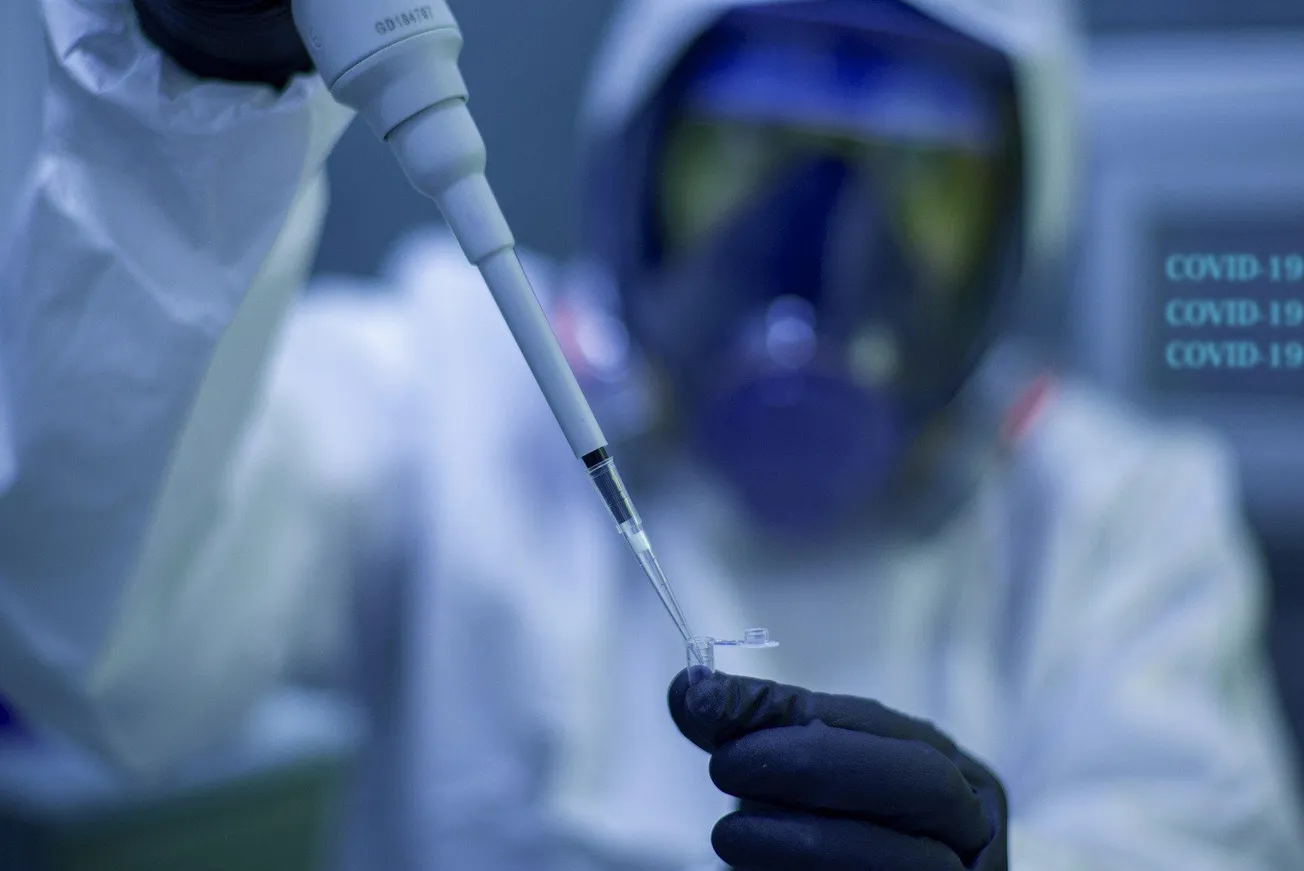The likelihood of more newly mutated versions of the COVID-19 coronavirus increases as the amount and length of time of transmission increases. Hence, the United States, Brazil and India are three prime breeding grounds. In the U.S., four strains have been identified: California’s B.1.427 and B.1.429; and New York’s B.1.525 and B.1.526. Fortunately, the vaccine war has begun to drive down the amount of new daily cases over the last two weeks.
In Brazil, the monitoring of variants is ongoing. A month ago, Fiocruz, the public health research lab of Brazil’s Ministry of Health, found 11 genetic sequences in five of Brazil’s states. Two of the 11 (P.1 and P.2) seem to be “home grown.” None of the 11 were shocking, but they are of concern—as changes in the shape of the spike protein can fool the antibodies that would otherwise recognize and repel the coronavirus. Fiocruz’s ongoing study of the P.1 variant shows more mutations as of ten days ago. (The massive transmissions of March in Brazil make this an expected development.) New official daily cases peaked on March 25 at about 77,000 (7-day average) and is presently around 60,000. Deaths peaked two to three weeks later (on April 12) at about 3,100/day (on a 7-day average). Presently, the 7-day-average has dropped to around 2,600/day. Of some note, Fiocruz finds that both the Sinovac and AstraZeneca vaccines still are effective against the P.1 variant.





